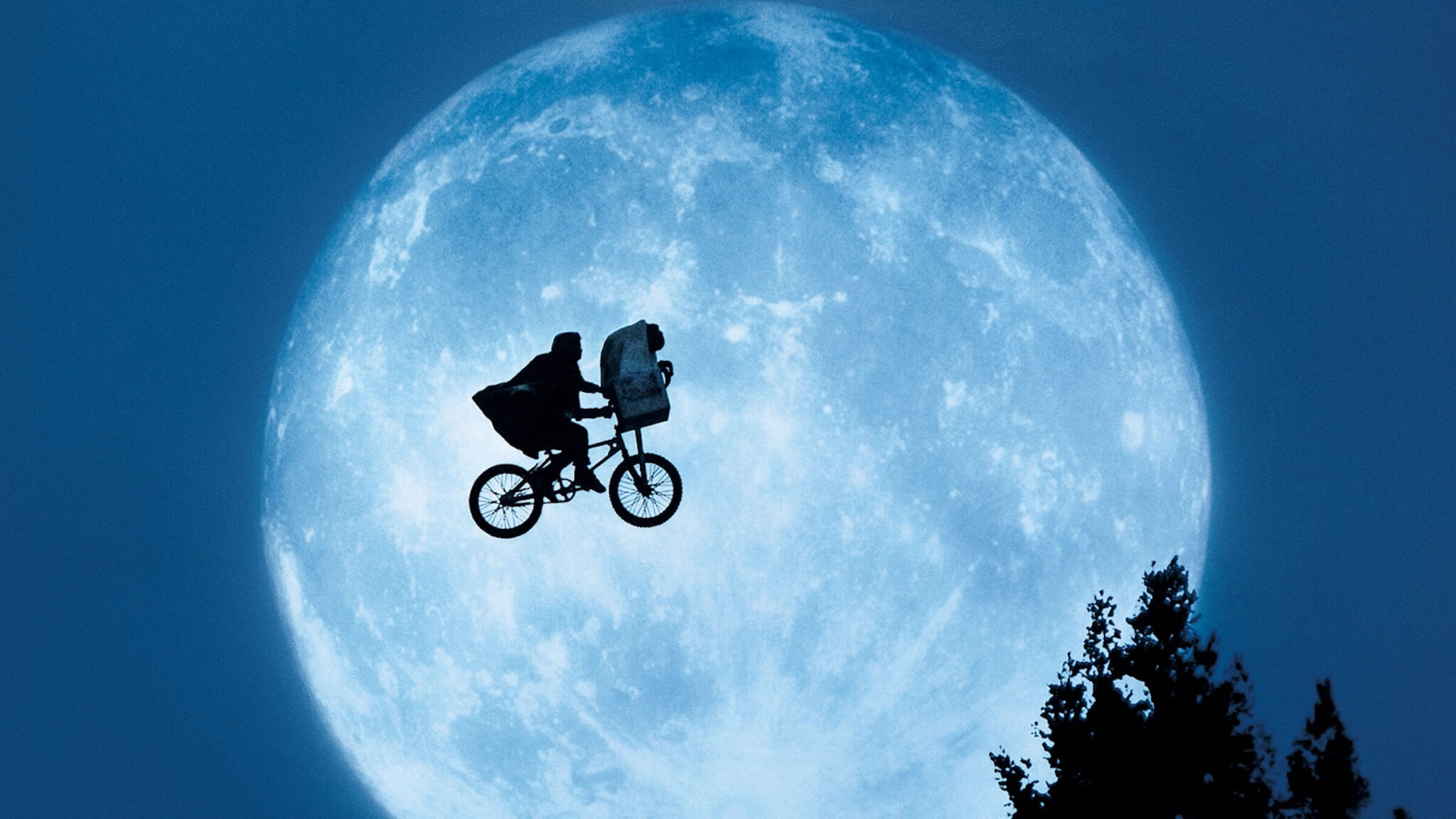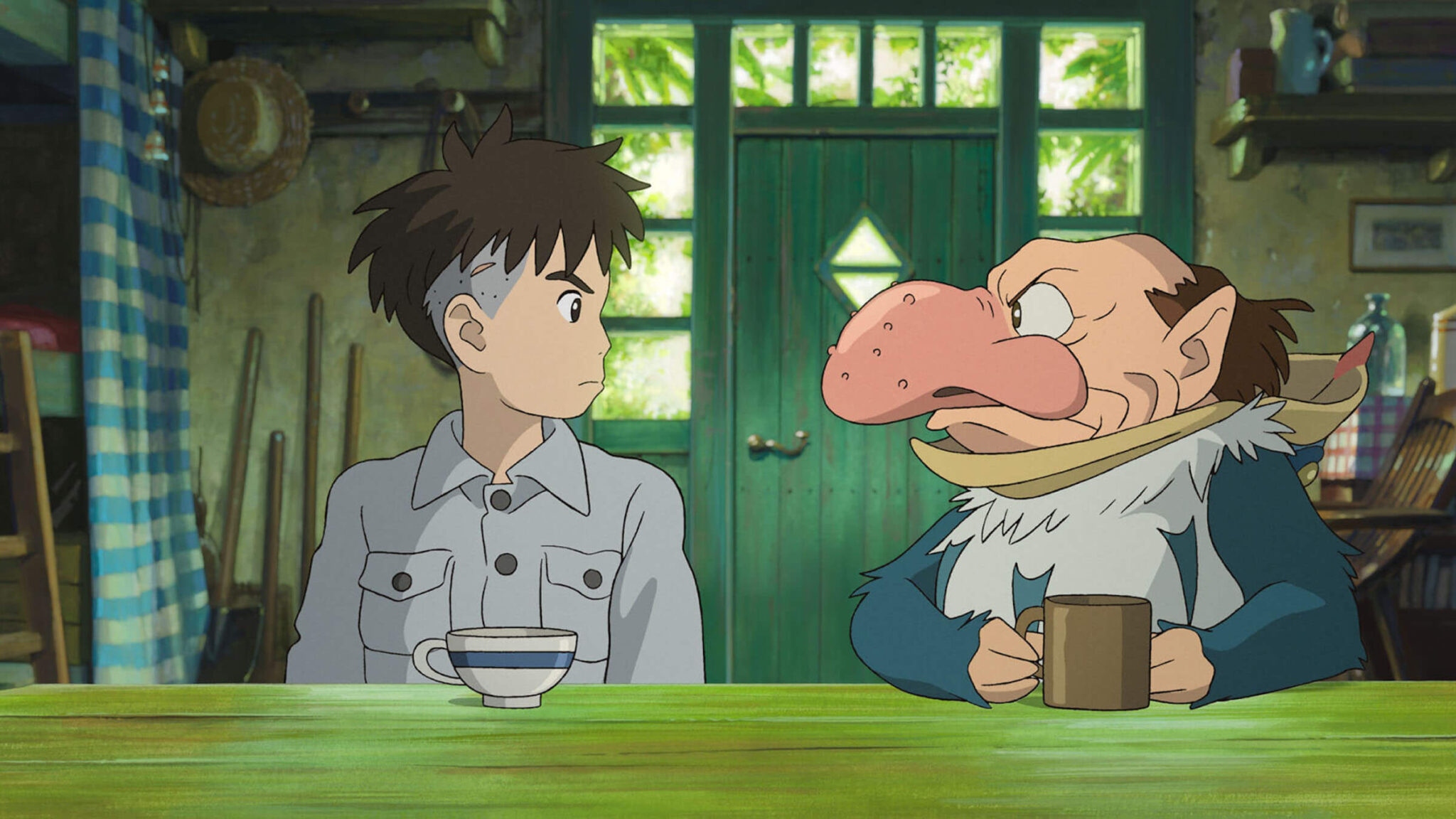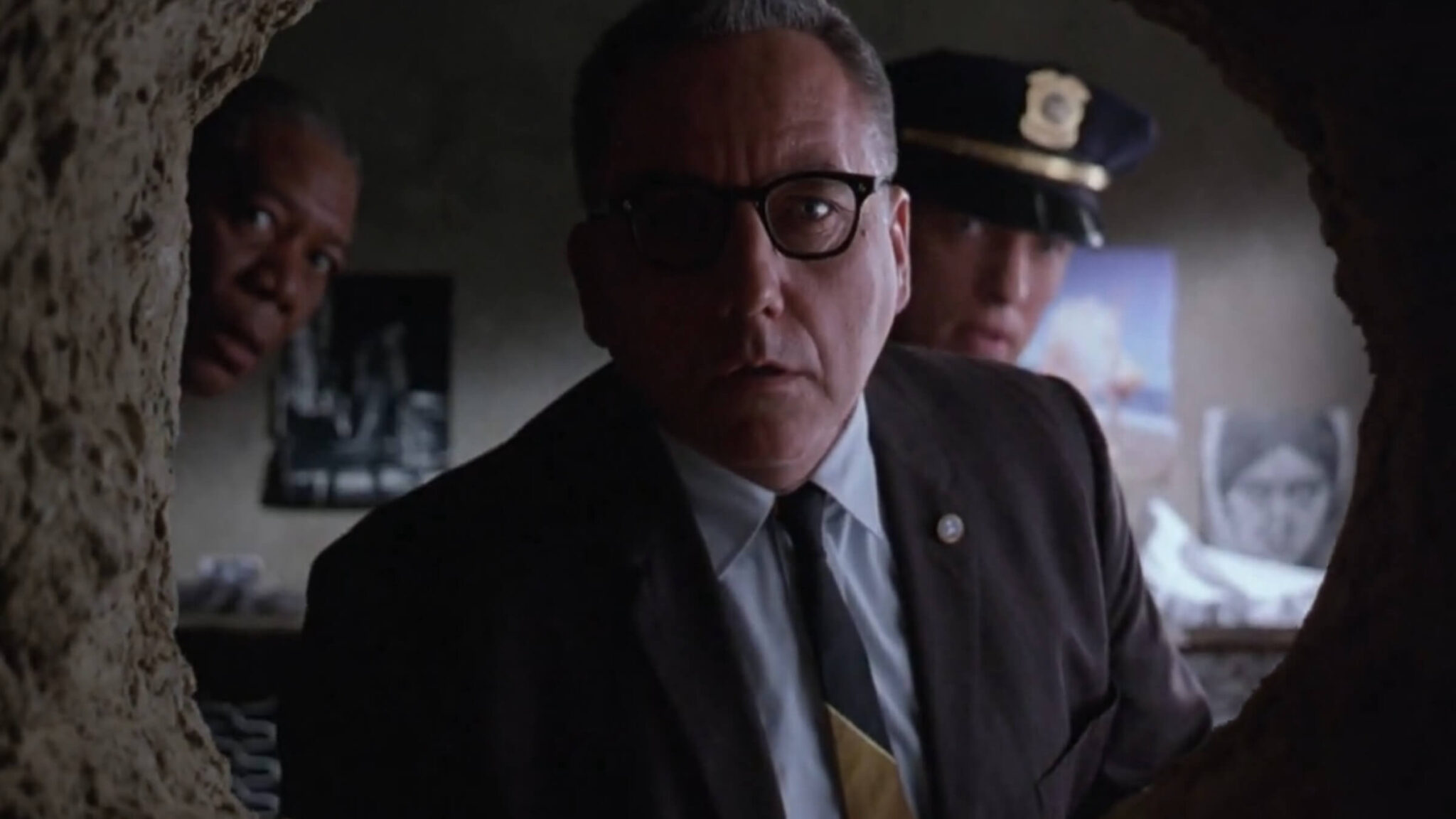
In my work as a script consultant, I discovered that 99% of aspiring screenwriters fail to tell a story. What the 99% do instead is present a situation. In order to explain the difference, I created the Nutshell Technique, a method whereby writers identify eight interconnected elements required to properly tell a story. It's complicated enough that I wrote a whole book to explain the method (The Nutshell Technique: Crack the Secret of Successful Screenwriting from University of Texas Press). But here are the three most important concepts for understanding screenplay structure and the difference between a story and a situation.
1. Every story is a version of "be careful what you wish for."
At the beginning of a screenplay, usually within the first 10 pages, the protagonist is introduced, and we find out what the protagonist wants. By around page 25, the protagonist will get what they wanted. Now, it may not be the thing they wanted the most, but they will get something they wanted in those first 10 pages. Pretty soon after that, the protagonist's life will begin to resemble the old maxim "be careful what you wish for."
In The Wizard of Oz, Dorothy wishes she could go somewhere over the rainbow, because she thinks there she'd escape her problems. Does she get her wish? Yes, but it turns out to be a scary place, and instead of taking away her problems, it compounds them.
In Tootsie, Michael Dorsey, the out-of-work actor played by Dustin Hoffman, desperately wants an acting job. Does he get his wish? Yes, but the acting job is that of a female character on a soap opera, so he has to disguise himself as a woman both on screen and off. Eventually, this creates so many problems in his life that he risks the future of his entire acting career trying to get out of his contract.
In Groundhog Day, Phil the weatherman wants to spend no more than one day in Punxsutawney, the town where he covers the annual emerging of the groundhog. Does he get his wish? Yes, but he gets his wish in the most ironic sense possible. He only has to spend one day there, but he has to repeat this same day over and over again, indefinitely trapped, repeating February 2nd.
In some films "be careful what you wish for" is more apparent than in others, but it is almost always there.
2. Your protagonist's flaw is secretly what your story is about.
In life, we all have strengths and weaknesses. Well-developed fictional characters should have both, too. And your protagonist should have one weakness in particular — one specific personal flaw — which they are going to have to come up against before the end of your story.
The protagonist's flaw isn't something like a mustache that you can tack onto your character as an afterthought. The protagonist's flaw is the story. This flaw and how your protagonist deals with it is what your story is secretly about.
You could say that The Wizard of Oz is about a Kansas farm girl who wakes up in the magical land of Oz and, to get back home, she has to follow the yellow brick road through scary places so she can talk to a wizard she's told can help her. That's the plot.
But what The Wizard of Oz is really about is a girl whose flaw is she doesn't appreciate what she has and she yearns to be someplace else so she can escape her troubles. When she wakes up in a land far away, she finds she has all new problems that are even scarier than the ones she was trying to escape. When she finally is able to return home, she proclaims that she'll never look for excitement further than her own backyard, because somewhere new won't take away your problems; it'll just make them worse. That's the story.
When you think about it, many movie plots involve a physical journey. It's a great metaphor to use because, at the heart of it, every great story is an emotional journey. But if you don't give your protagonist a real personal flaw to tackle, you're giving them no place to go.
3. Beware of “Big Tootsie” syndrome.
Stories are not one-size-fits-all. Your protagonist's journey should be specific to that character and their flaw. If you can easily remove your current protagonist from your story and replace them with a different character (say: your protagonist's best friend), and nobody would notice the difference, then your story is not specific to your protagonist. You have what I call "Big Tootsie" syndrome.
Let's take the movie Tootsie and protagonist Michael Dorsey. Instead of auditioning to play a female character on the soap opera, I'm going to change it so he's going to audition for a male character but the character is that of an obese man. Michael badly wants an acting job so he's going to get a fat suit and facial prostheses and disguise himself as a fat man. He's going to get the part, and now he has to continue to convince everyone on screen and off that he really is an obese man. Everything else about the plot of Tootsie we're going to leave the same: Michael falls for his co-star; Michael's character on the soap opera becomes a big hit, etc. To distinguish it from the original, I'll call this one Big Tootsie.
So how well would Big Tootsie work? A man pretending to be a woman is often funny. Similarly, a little man pretending to be a big man could be funny. But Big Tootsie is a situation not a story. 99% of amateur screenplays amount to Big Tootsie -- they present a situation, not a story.
The problem is that making Michael have to play an obese man is arbitrary; it has nothing to do with the character. In Tootsie, Michael Dorsey is a guy who's always hitting on women and has no respect for them. Making him have to be a woman is a perfect test of Michael and his flaw (see key #2!) This is exactly what makes the real Tootsie such a satisfying story.
A story isn't a bunch random events dumped onto characters. A story should be specific to its characters and their flaws. Don't put Tootsie in the fat suit! Make sure you put your characters on journeys that are designed to test them as individuals and their specific flaws.
 Jill Chamberlain is a script consultant and the founder of The Screenplay Workshop. Her book, The Nutshell Technique: Crack the Secret of Successful Screenwriting, ranks #1 in user ratings in books on screenwriting on Amazon. It is considered the go-to manual many professionals swear by and is on the syllabus for film schools across the U.S. including the acclaimed screenwriting program at Columbia University. Producer Callum Greene (Star Wars Episode 9, Crimson Peak, The Hobbit: The Desolation of Smaug) said Chamberlain's Nutshell Technique “cracks the code behind why we love the movies that we love. It will guide you to organically write the story you want to tell." She has consulted on projects for major studios, for small independents, and for many, many spec screenwriters. Many of her clients and students have achieved success in Hollywood, having their screenplays optioned, sold, and made into award-winning feature films. Learn more and connect with Jill at jillchamberlain.com.
Jill Chamberlain is a script consultant and the founder of The Screenplay Workshop. Her book, The Nutshell Technique: Crack the Secret of Successful Screenwriting, ranks #1 in user ratings in books on screenwriting on Amazon. It is considered the go-to manual many professionals swear by and is on the syllabus for film schools across the U.S. including the acclaimed screenwriting program at Columbia University. Producer Callum Greene (Star Wars Episode 9, Crimson Peak, The Hobbit: The Desolation of Smaug) said Chamberlain's Nutshell Technique “cracks the code behind why we love the movies that we love. It will guide you to organically write the story you want to tell." She has consulted on projects for major studios, for small independents, and for many, many spec screenwriters. Many of her clients and students have achieved success in Hollywood, having their screenplays optioned, sold, and made into award-winning feature films. Learn more and connect with Jill at jillchamberlain.com.
Tags
Get Our Screenwriting Newsletter!
Get weekly writing inspiration delivered to your inbox - including industry news, popular articles, and more!




























